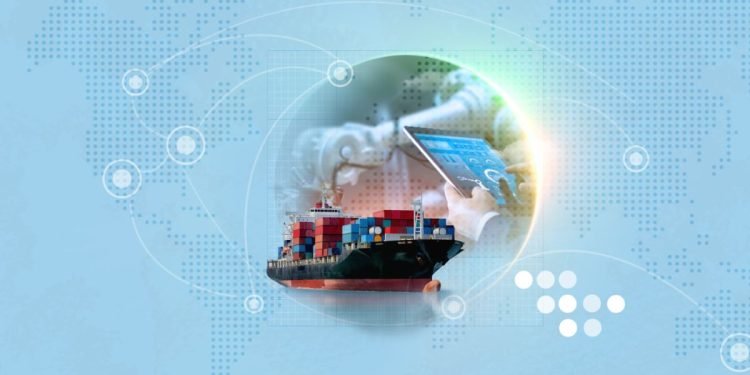By Maria Kalamatas | The Logistic News
March 24, 2025
In an era where precision, speed, and resilience are paramount, the global pharmaceutical logistics sector is undergoing a remarkable transformation. As healthcare systems expand and consumer demand rises across continents, a new report forecasts that the pharmaceutical logistics market is set to exceed USD 170 billion by 2032, growing at a compound annual rate of 9.1%.
This projected growth is not just a reflection of industry momentum—it marks a fundamental recalibration of how the global supply chain addresses healthcare logistics, with far-reaching implications for temperature-sensitive goods, biopharmaceuticals, and life-saving medicines.
Rising Stakes in Pharmaceutical Delivery
The pharmaceutical supply chain has become one of the most complex and tightly regulated segments of global logistics. With increasing reliance on biologics, personalized medicine, and temperature-sensitive vaccines, the need for sophisticated transport solutions has never been greater. Cold chain infrastructure, GPS tracking, and real-time condition monitoring are now essential—not optional.
According to the report, Asia-Pacific is expected to dominate future growth, thanks to the expansion of pharmaceutical manufacturing hubs in India, China, and Southeast Asia. North America and Europe continue to lead in terms of infrastructure and compliance-driven innovation, but regional logistics providers are rapidly catching up, enhancing capacity and efficiency.
Innovation and Investment
Major logistics players such as DHL, FedEx, DB Schenker, and UPS are leading the charge in innovation. They’re investing in smart warehouses, AI-powered route planning, and blockchain solutions to secure end-to-end traceability of pharmaceutical shipments.
“The pharmaceutical logistics space is evolving from a support function into a core strategic asset,” notes Renata Liew, Director of Global Pharma Operations at a leading logistics firm. “It’s about more than just delivery—it’s about trust, safety, and lives on the line.”
Regulatory Pressure and Digital Transformation
Governments and regulatory bodies are also increasing oversight. In the wake of the COVID-19 pandemic, both the FDA and EMA have implemented tighter protocols for pharmaceutical distribution, especially for controlled substances and biologics. As a result, logistics providers must invest not only in compliance, but in digitalization to meet traceability and audit-readiness standards.
This is giving rise to a new wave of partnerships between pharmaceutical manufacturers and logistics firms. Many are entering into long-term strategic collaborations that prioritize stability, real-time data exchange, and environmental sustainability.
ESG and Sustainability: No Longer Optional
Sustainability has also emerged as a central pillar of modern pharmaceutical logistics. The report reveals a sharp uptick in interest toward sustainable packaging, electric last-mile delivery fleets, and carbon-neutral warehouse design.
Green initiatives are being tied to ESG reporting frameworks, especially as healthcare companies face mounting investor pressure to demonstrate environmental and social accountability across their value chains.
Challenges Ahead
Despite the optimism, the sector faces significant challenges. Supply chain disruptions caused by geopolitical tensions, rising transport costs, and raw material shortages continue to exert pressure. Additionally, talent shortages in logistics and compliance roles present operational risks.
Nonetheless, industry stakeholders remain bullish. “The trajectory is clear,” said Dr. Amina Chowdhury, supply chain consultant and former WHO logistics advisor. “The future of pharmaceutical logistics is high-tech, highly secure, and tightly integrated. And the market is moving faster than ever before.”
Final Word
As pharmaceutical products become more specialized and global health priorities shift, the logistics that support this industry must keep pace. The world is watching how we move medicine—from factories and labs to the hands of doctors and patients. In this critical transition, logistics is not just part of the system—it is the system.
Maria Kalamatas
Senior Analyst & Logistics Correspondent
The Logistic News























